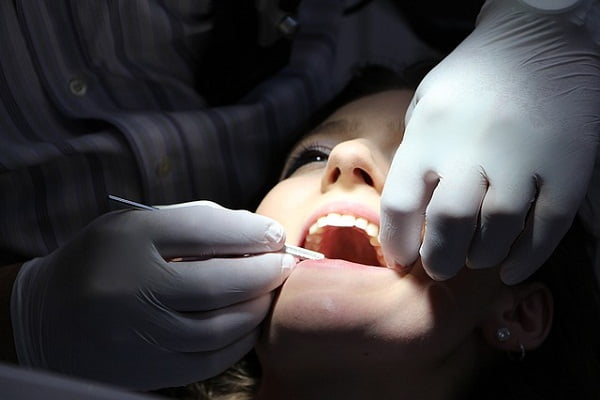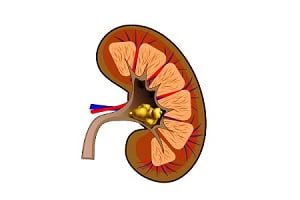
Supernumerary teeth are those teeth which are additional or in excess of the normal number of teeth. They can be either single or multiple, unilateral or bilateral and can be present anywhere.
The presence of supernumerary teeth (extra teeth or Hyperdontia) can interfere in normal occlusal development. These extra teeth should be diagnosed as early as possible, as they are asymptomatic in most cases.
What are the complications of supernumerary teeth (extra teeth or hyperdontia)?
Mostly, supernumerary teeth cause esthetic problems. In many cases, supernumerary teeth do not cause major complications. However, if complications arise, they may include the following:
- Delay in the eruption of permanent teeth
- Prevention of the eruption of certain permanent teeth
- Crowding/malocclusion of teeth
- Incomplete space closure during orthodontic treatment
- Cyst formation
- Migration into the nasal cavity
- Maxillary sinus or hard palate
- Complicate alveolar bone grafting
- Affect the nerves leading to paresthesia and/or pain
- Ectopic eruption of an adjacent tooth
- Dilaceration, abnormal or delayed root development of the permanent teeth
- Root resorption of adjacent teeth
- Spacing anomalies – a diastema may form when the supernumerary tooth is located in the midline of the upper maxilla
- Formation of follicular cysts
- Malpositioning of permanent teeth
See also: Supernumerary Teeth Chart: Supernumerary Tooth Notation System
See also: Causes and Treatment for Supernumerary Teeth (Hyperdontia)
There are certain development disorders that show an association with supernumerary teeth, such as:
- Cleft lip and palate
- Cleidocranial dysostosis
- Grdner’s syndrome
- Fabry – Anderson’s syndrome / chondroectodermal dysplasia
- Rothmund – Thompson syndrome
- Nance – Horan syndrome
Unerupted teeth and supernumerary teeth
Delayed eruption of permanent teeth is the most common complication of supernumerary teeth.
Sometimes, supernumerary teeth can interfere with the development of unerupted teeth. If the supernumerary teeth are not associated with any complications related to eruption or development of permanent teeth, the dentist may simply keep your child’s teeth under periodic review.
If the unerupted supernumerary tooth is expected to cause complications, then it should be surgically removed. Surgical removal can be delayed if the supernumerary tooth is placed near to the peaks of the developing permanent teeth
Risks with removal of supernumerary teeth
The complications of supernumerary teeth discussed above may have an influence on your dentist deciding the treatment and its prognosis. In several studies, it has been found that the removal of supernumerary teeth before the age of 5 years can cause fewer eruption problems of the permanent tooth compared to removal at 7 years of age or later. However, the removal of supernumerary teeth at such an early age may cause serious complications related to tooth development in children. Therefore, it is important for dentists to consider these complications of supernumerary tooth when deciding the time of removal.
What to do if your child has supernumerary teeth?
If the supernumerary teeth cause no complications and your dentist thinks this is not likely going to interfere with orthodontic tooth treatment, you should simply monitor them. It is recommended to get yearly radiographic tests done. Read about dental X rays.
Doctors should warn patients of the associated complications, such as cystic change and migration with damage to nearby roots or nerve damages etc. If the patient is not willing to risk such complications, the dentist can remove the extra teeth.
It has been found that the earlier these supernumerary teeth are diagnosed, the better is the prognosis.
Appropriate clinical and radiological examination is important to detect supernumerary teeth and related anomalies. Computerized tomography is another technique that has been used commonly recently as a complementary diagnostic method for supernumerary teeth and possibilities of related complications. Occlusal or periapical radiography is important for diagnosing supernumerary teeth in the incisor region. The parallelism is helpful in the diagnosis of supernumerary tooth position in vestibulo- lingual direction.






